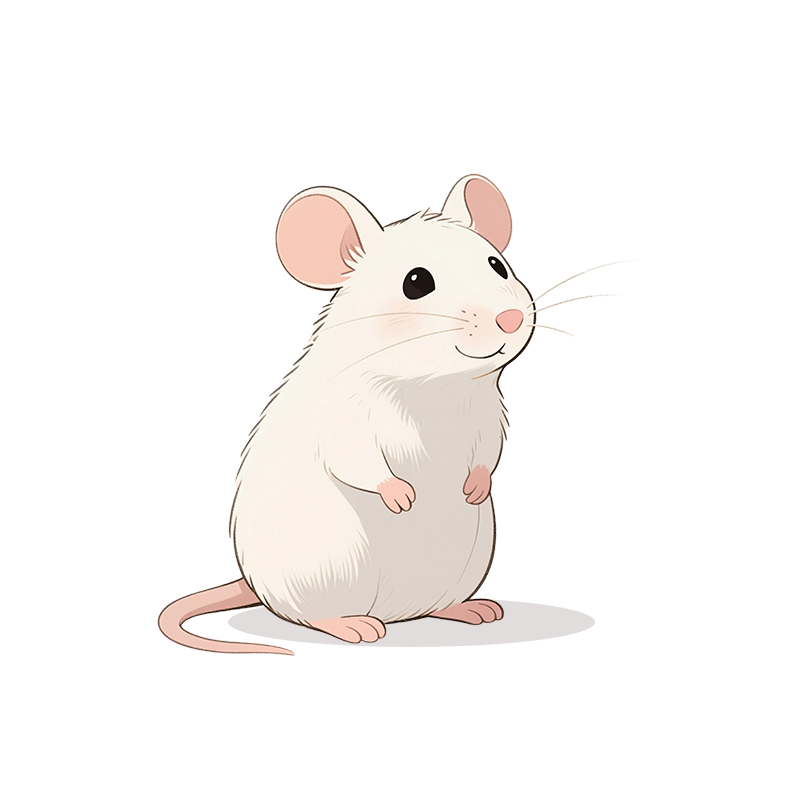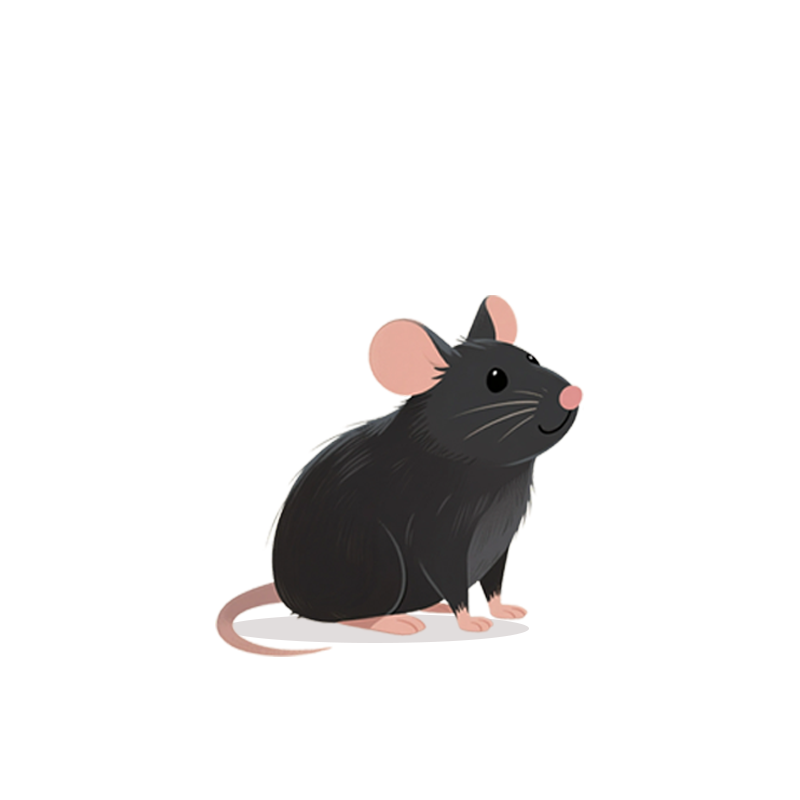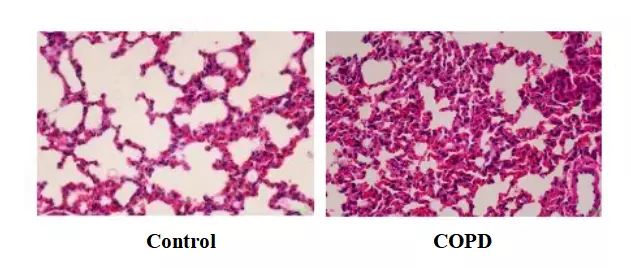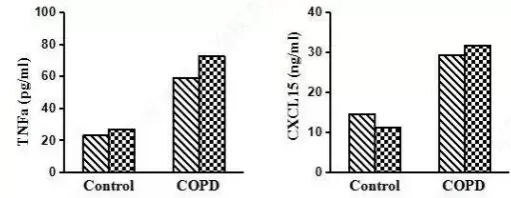Chronic Obstructive Pulmonary Disease (COPD) Model




Chronic Obstructive Pulmonary Disease (COPD) Model
The model is designed to mimic chronic obstructive pulmonary disease (COPD) in mice, offering insights into the disease's progression and mechanisms.
Model Description
An ideal COPD animal model should closely mimic clinical conditions, featuring airflow limitation as a characteristic pulmonary function change. Additionally, it should include neutrophil-dominated inflammatory responses in the lungs and damage to the airways, lung parenchyma, and pulmonary vessels. Lipopolysaccharide (LPS) promotes several pathological mechanisms that lead to pulmonary emphysema-like changes, such as oxidative stress, imbalance between proteases and antiproteases, and apoptosis. Chronic exposure to LPS can induce pathophysiological changes similar to those seen in COPD and pulmonary emphysema, resulting in irreversible alveolar enlargement accompanied by chronic inflammation.
Applications
- Study the pathophysiological mechanisms of COPD and pulmonary emphysema
- Evaluate the efficacy of potential therapeutic interventions
Modeling Methods
- Instillation of lipopolysaccharide (LPS) into the trachea of SD rats once a week for 8 consecutive weeks
- Model development cycle: 8 weeks.
Testing Items
- Lung tissue pathology analysis

- Inflammatory factors test

The model group exhibits inflammatory cell infiltration in the lungs, goblet cell metaplasia, thickening of the airway wall, and alveolar enlargement, along with changes in pulmonary function.

